Remember this Trek Boost 148 Launch story from Spring 2014?
That’s when the first news of the new ‘open standard’ for a 148mm rear hub broke. Trek announced it and listed a bunch of other companies they were already on board with in terms of producing the requisite new drivetrains and hubs that will be needed. Well, today we have news of what SRAM will be bringing to the 148 Boost party.
If you can’t be bothered clicking that link above then here’s the really short version of what’s at the other end.
Trek decided that there’s a fundamental problem with stiffness of 29 inch wheels. Fitting a bigger wheel into a standard width rear axle opens up the angle the spokes make between the hub and the rim. The more acute this angle, the stiffer the wheel can be. ergo.. 29 inch wheels are not as stiff as 26 inch wheels or indeed 27.5 wheels. One answer of course would be bigger hub flanges but this was deemed too heavy a solution. So instead they opted to widen the space between the hub flanges to create a more acute spoke angle. And of course, that meant a new hub width standard that they called Boost 148. This means changing everything of course. Not just widening the gap between the dropouts of the bike’s rear triangle to 148mm but also changing the entire chain-line of the drivetrain…
…which ‘conveniently’ helps out with a newly emerging trend. That of 27.5+ wheels – where a 27.5 x 3in tyre is wedged into a geometry similar to today’s 29er wheels. These tyres are the same height as a 29er, but fatter. Fatter tyres might fit vertically, but laterally, there is often a clash with the chain and the sidewall of the tyre…
…which requires new cranks.
…enter SRAM.
Today’s announcement is for XX1 & X1 levels only. So no Boost for the more economic SRAM levels just yet and SRAM are at pains to keep pointing out that all these new cranks can only be paired with a Boost 148 hub. They will not work with standard 142mm hubs.
XX1 CRANK
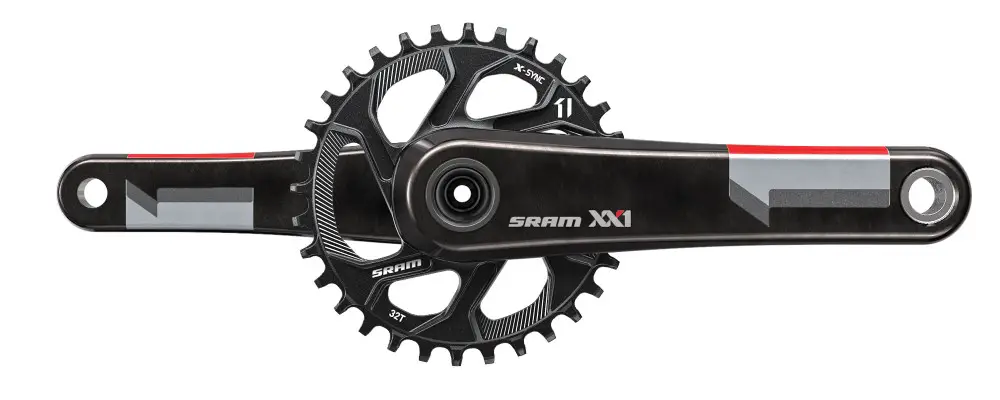
Developed for maximum chain control, each tooth’s thickness is precisely CNC-machined to support the chain’s inner and outer links perfectly.
Features include…
- X-SYNC™ tooth profile provides maximum chain control
- Carbon arms with forged aluminum spider
- CNC- X-SYNC™ Direct Mount ring
- BOOST option
- Wide/narrow Q-factor cranks for BB30 and GXP
X1 1400 CRANK
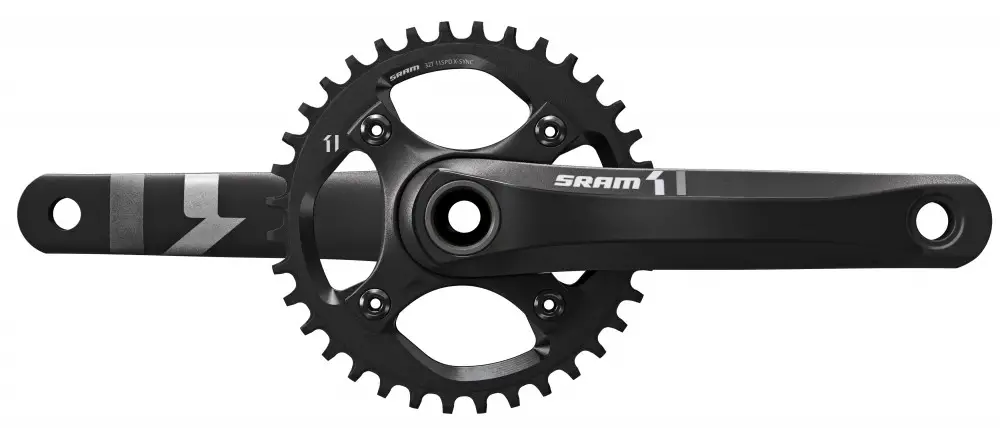
Quality and durability combine in the SRAM X1 crankset to deliver consistent performance every time out. Featuring SRAM’s X-SYNC™ tooth profile, the X1 crankset is engineered for complete chain control. Each tooth’s thickness is CNC-machined to work seamlessly with the chain’s inner and outer links.
Features include…
- X-SYNC™ tooth profile provides maximum chain control
- Hollow forged aluminum arms with forged aluminum spider
- Chain ring guard option
- BOOST option
- CNC – X-SYNC™ machined ring
Rear wheels
SRAM say, “Much more than a new, wider axle standard, the Boost system uses a rear hub that is 6mm wider than a 142mm design—each flange is 3mm farther from center. The greater flange offset allows a stronger spoke-bracing angle resulting in a stiffer wheel. Given the same rim and spoke spec, a 29″ Boost wheel will have the same stiffness as a 27.5″ wheel built on a 142mm hub.”
Front wheels
“The Boost system uses a front hub that is 10mm wider than a 100mm design—each flange is 5mm farther from center. The greater flange offset allows a stronger spoke- bracing angle resulting in a stiffer wheel. Given the same rim and spoke spec, a 29” wheel built with a 15×110 Boost hub becomes as stiff as a 26″ wheel built with a standard 15×100 hub.”
ROAM 40 WHEEL
SRAM say, “Wherever the trail leads, ROAM 40 is ready to go. Aluminum rims with TAPER CORE™ profile bring lighter weight and higher dent resistance. The DOUBLE TIME™ hub delivers strong, swift engagement. And the durable SPEEDBALL™ bearings are precision machined for performance you can trust. With a smart balance of weight, inertia and stiffness, ROAM 40 makes sure you’re always ready to roam.”
- Lightweight aluminum rim with asymmetrical TAPER CORE™ profile—with a welded joint
- UST tubeless
- User-friendly SOLO SPOKE™ technology
- Durable, precision-machined SPEEDBALL™ bearings
- Strong, fast engagement with DOUBLE TIME™ hubs
- Available in all three wheel sizes
- BOOST 12×148 and 15×110 options available for 27.5″ and 29″
- Convertible to any axle type
- Available in XD™ or 10-speed driver body
- Color: Black/Silver
X0 Hub
“..a hub worthy of the X0 name. Built to roll over the toughest mountain terrain, the SRAM X0 Hub proves that being solid doesn’t mean being sluggish. DOUBLE TIME™ ratchet design gives you smooth 6.9-degree engagement—all while keeping everything light and steady. Super-precise SPEEDBALL™ bearings mean lower resistance, faster revolutions and no more time spent readjusting play. From pawl tooth to side cap, we went the extra mile on the X0 Hub—so you have less to worry about on the trail.”
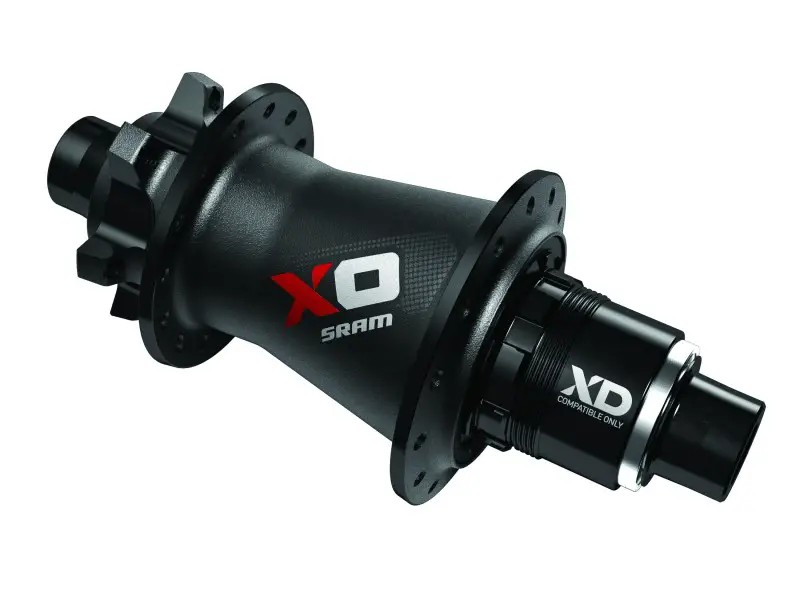
- Tapered aluminum axle is stronger without added weight
- All axles types
- 32 spoke holes
- BOOST 12×148 and 15×110 options
- Sand-blasted black with red label
- Glossy black with silver accents
- 11-speed XD™ Driver Body
- 10-, 9- and 8-speed driver body
- Weight: 130g (front), 250g (rear)
700 SERIES HUB
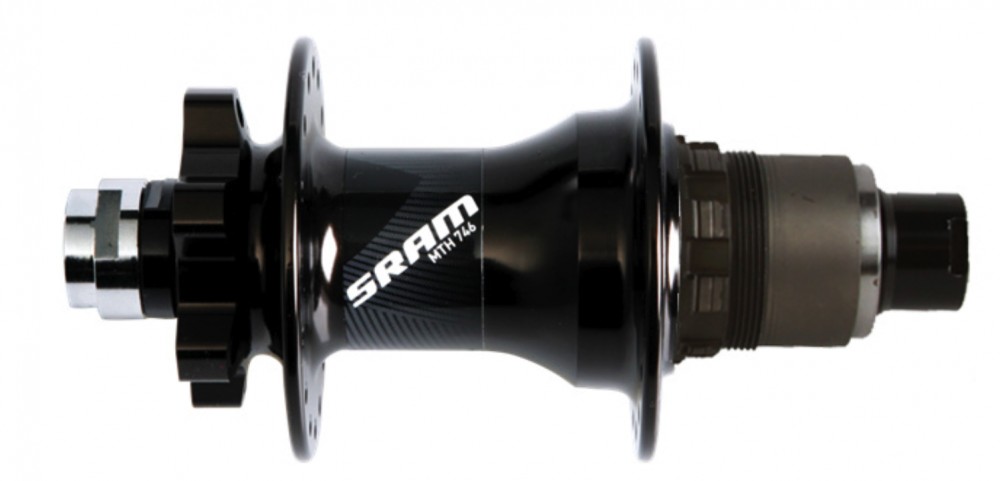
SRAM say, “Our MTH 700 hubs aim to making through axle bikes more affordable. The internal mechanism is exactly the same used in our X9 hubs. The MTH 700 series hubs are part of our non-series line, offering a brand name that riders can trust.
- 32 spoke holes
- BOOST 12×148 and 15×110 options
- Black
- 11-speed XD™ Driver Body
- 10-, 9- and 8-speed driver body
- Weight: 170-410g
Comments (5)
Leave Reply
Post Comment
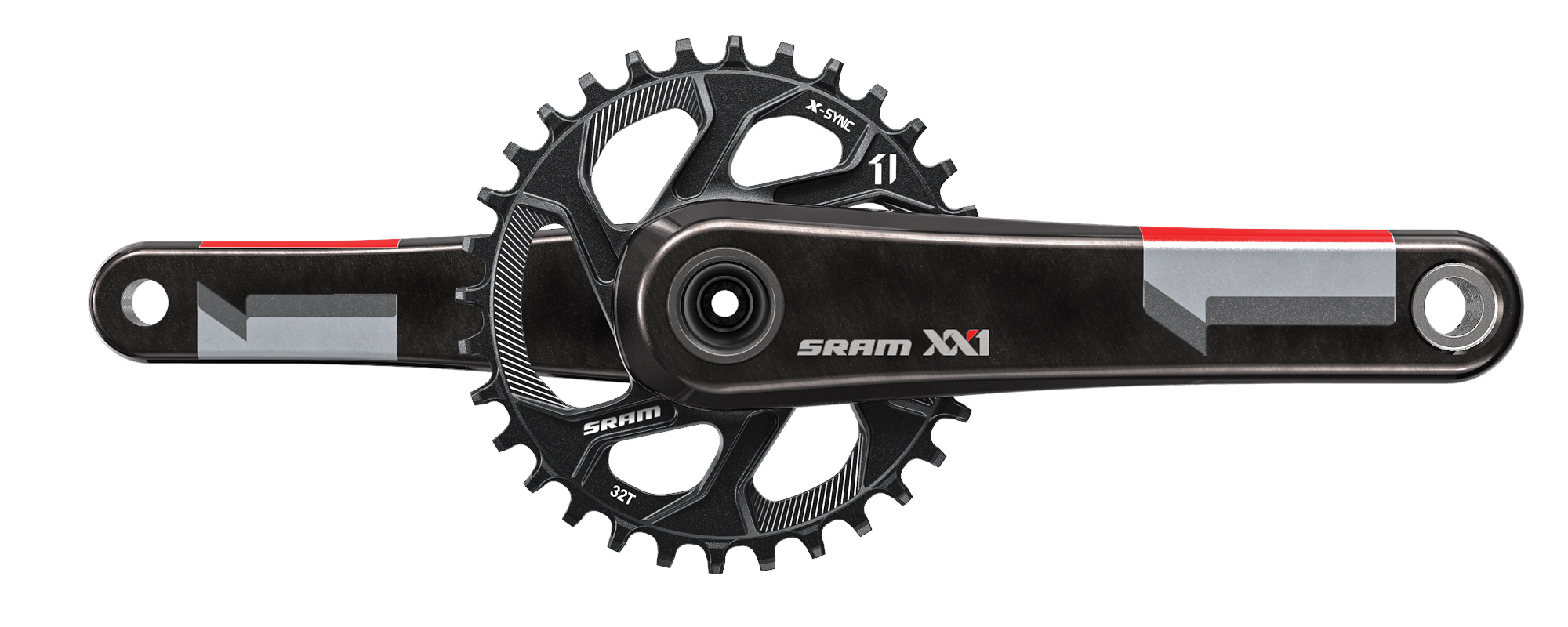

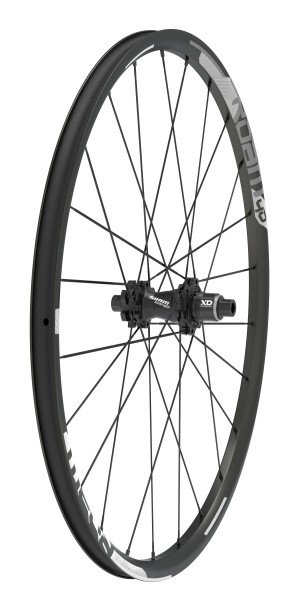
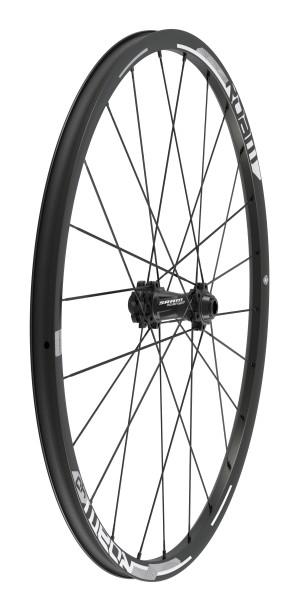

“Given the same rim and spoke spec, a 29” wheel built with a 15×110 Boost hub becomes as stiff as a 26″ wheel built with a standard 15×100 hub”
So a new fork drop-out standard is required too?
Is it just me does it all seem to be getting a bit silly these days with 1,000,001 minor variant on the same design all to work with slightly different kit?
I really struggle to believe that 3mm centre to flange difference is really going to make that much difference to the average rider
I agree with new standard, some are starting to feel like standards for the sake of standards.
Small incremental improvements? Maybe, but it feels like 2015’s BNG’s are 2016’s tweaked standards..
What was wrong with going to the 150mm ‘standard’ that DH bikes use?
Because it wasn’t ‘New & Better’ ™
It’s 2mm too much…..
And actually doesn’t have wider flanges.